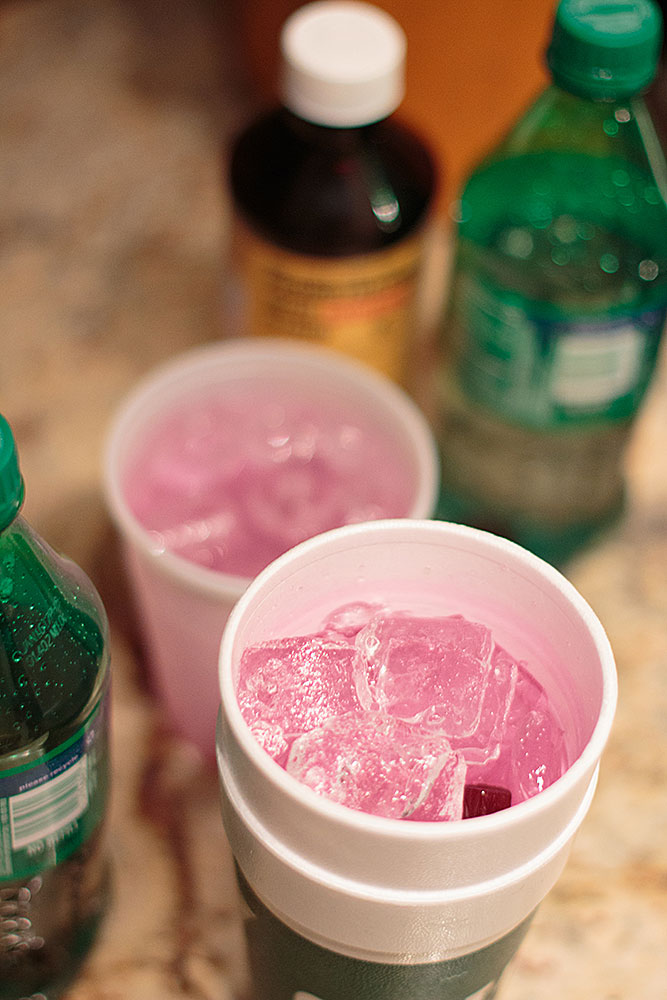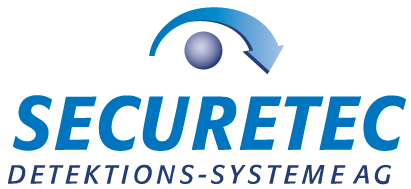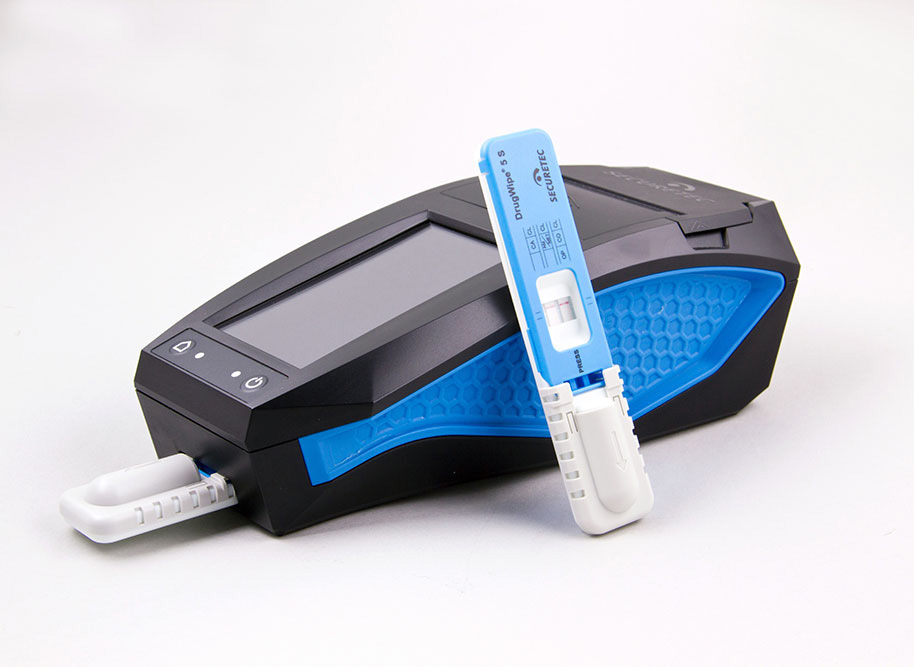
From the rap scene to everyday life
Codeine, the latest drug trend, is currently experiencing a surge in popularity. The opiate is blatantly glorified on the rap scene. Its euphoric and subsequent sedative effects are lauded, while the high risk of addiction and its potential to cause inestimable damage are rarely mentioned.
You might be forgiven for mistaking terms like “dirty sprite” or “Texas tea” for the names of refreshing soft drinks for summer. In fact, they describe a highly potent cocktail of prescription medication – usually cough syrup – containing codeine, mixed with a carbonated soft drink and often garnished with ground-up sweets for extra flavour. This mixture – also known as “lean”, “purple drank”, “sizzurp” or “syrup” – is rising in popularity. It triggers a feeling of euphoria, followed by a pleasant sense of lethargy and dissociation from the body. The effects develop after 20 to 60 minutes and last from 6 to 8 hours. In rare cases, codeine may also be abused in suppository form. The risk of addiction is very high.
Both the euphoric phase and the subsequent lethargy experienced harbour high risks if users engage in activities such as driving or operating machinery. If they cause an accident or are found to be driving dangerously, criminal proceedings will be instituted.
Codeine, as an opiate, can be reliably detected with the DrugWipe opiate test line.
Reliable detection with the DrugWipe drug test
Codeine, as member of the opiate family, can be reliably detected with the DrugWipe opiate test line. Even low quantities can be detected using the saliva test and the surface and wipe test. This means that a fast and simple detection method is available for roadside screening and for workplace testing of suspicious cases.
Access to codeine is readily available to those who seek it. Online pharmacies based in other countries offer medication containing codeine without a prescription and obliging sellers are always to be found on Instagram.
The dosage is 20 mg up to a maximum of 200 mg. Higher doses do not increase the rush that is experienced, but do raise the risk of side‑effects. This is because the quantity
consumed presents one of the greatest risks associated with codeine consumption. Some people experience a high with just a small dose, while others experience no effects even at high doses. Because the effects are so unique to each person, determining which dose to take is like playing Russian roulette.
Another risk factor is the form in which it is consumed. Mixing the drug with a sugary drink makes it seem harmless, which in turn leads to excessive consumption. Codeine has a dulling effect on the central nervous system and, in the event of an overdose, respiratory arrest may occur.
The third risk is due to the fact that codeine is frequently abused in combination with other drugs, alcohol or medication. Depressants such as alcohol increase the risk of respiratory arrest. Due to the powerful effect of codeine on the nervous system, it is impossible to predict all possible interactions it may have with other substances.
The physical effects of withdrawal from codeine can be the same as those that occur when quitting heroin. The withdrawal period may also be relatively long.
Image source: iStock 860725006 I_will_be_RB




